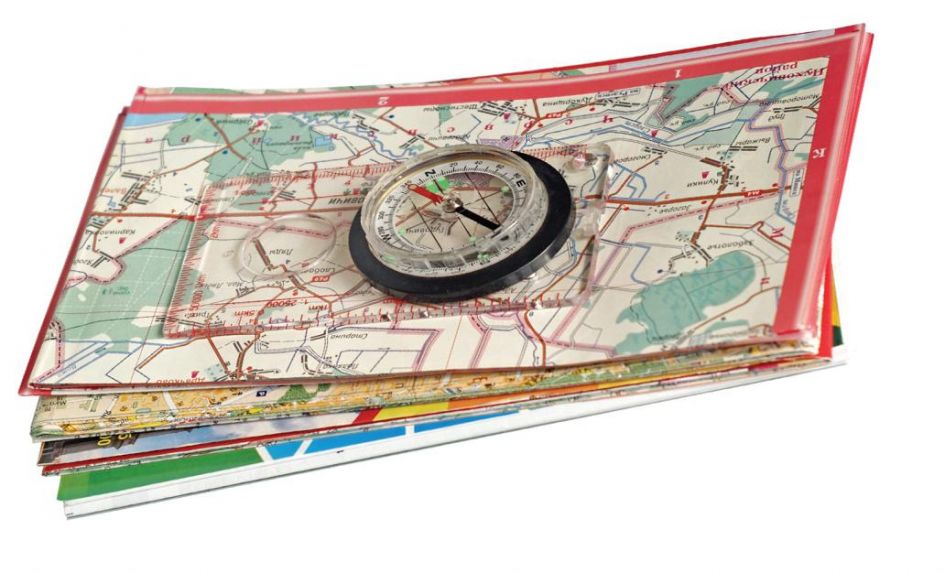Is yours long or short? Expansive or concise? A revered and handsomely bound tome, or a few scrappy sheets of A4 crookedly stapled together? However you present your school development plan, the key elements of it are straightforward.
Are your key improvements prioritised and evidence-based, using hard data – both internal and external, with comparators where available? Does it include evidence of monitoring derived from lesson observations, work scrutiny, pupil conferencing and parental feedback? Can you see the wood for the trees?
If you’ve pinpointed writing or safeguarding as key areas, backed up by evidence, you’re on solid ground. If your top priority is reducing school dinner wastage based on anecdotal whingeing from your lunchtime assistants, you may have some explaining to do when Ofsted come calling.
Check that your planned actions are clear, subject to diarised evaluation and likely to lead to the impactful improvements you’ve identified. If it becomes apparent during implementation that those actions aren’t having the desired – or indeed any – impact, then stop! Review, modify (or abandon altogether) and recalibrate.
Remember the military adage that ‘no plan survives first contact with the enemy’. Who are the enemy, in this case? Sometimes it’s staff, who might fail to understand or implement the plan, or do so half-cocked.
In-school variation between teachers is a bear trap for school improvement, so secure staff buy-in and motivate them to go for it. Performance management targets for individual teachers should link to your development plan.
Are the actions realistic and achievable within the time-frame you’ve set out? Enthusiasm is admirable, but you’re unlikely to transform every aspect of your school within half a term.
Have SLT and key governors peruse the plan in draft and input ideas for improving it. This should also help ensure their buy-in, and if they’ve written sections of it, so much the better.
Is your plan costed in terms of time, as well as cash? Releasing staff to work on, or evaluate the plan in action will cost you in terms of time resources, so make sure that cost leads to tangible benefits. Are the success criteria directly linked to impact, rather than just completion of actions?
If an action to improve pupils’ understanding of their times tables is to directly teach times tables for 15 minutes four days a week, the success criterion isn’t simply that said teaching has taken place; it’s that the teaching has taken place and the children’s recall and use of times tables facts has got better.
Measure any improvements – before the action, perhaps 60% of children could recall their 7x tables, with the figure rising to 80% following the action.
Make your SDP easy for governors to both support and challenge. Include a calendar as an appendix, presenting an at-a-glance guide to when planned actions are supposed to be taking place throughout the year. Have your governors ask whether the planned actions have taken place and if they were they effective. If you’re intending to RAG the plan (Red / Amber / Green), check that it’s the outcomes being coloured and not the actions themselves.
Finally, ‘good practice’ is for plans to cover three years, but that’s increasingly difficult at a time of falling budgets and seemingly ad-hoc DfE iniatives. How about having it cover year one in detail, year two in outline and year three as fantasy? You can quote me on that…
Kevin Harcombe is the headteacher at Redlands Primary School, Fareham.










